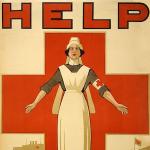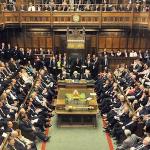Nine American tourists have died this year under mysterious circumstances in the Dominican Republic. Quite obviously, many are wondering if it's safe to visit the country.
risk
California is a trendsetter.
A new study presented by co-author Eyal Sheiner, MD, PhD, chair of the Obstetrics and Gynecology Department at Soroka University Medical Center, Be'er-Sheva, Isr
"Better safe than sorry." That's a great lesson for a child when a parent explains why she should wear a helmet when riding her bicycle. But "better safe than sorry" makes for terrible public health policy.
As 2018 wraps up, it is always worthwhile to take a walk down memory lane to remind us of what captivated our attention this year.
I remember the days when a restaurant's seating host would ask, "Smoking or non-smoking?" As if it mattered. The two sections were usually separated by a flimsy little divider that didn't even stretch to the ceiling.
If somebody invented a device that could save the lives of millions of smokers, should society encourage its use?
Anyone who watches television has seen the ads for Opdivo, Lyrica and countless other drugs directed to consumers (physicians still call these people patients).
“The doctor tested for everything” is a common refrain heard in many realms within medicine. As are its permutations.
Mass shootings and terrorism. These two topics continue to strike fear into the hearts of Americans everywhere.












